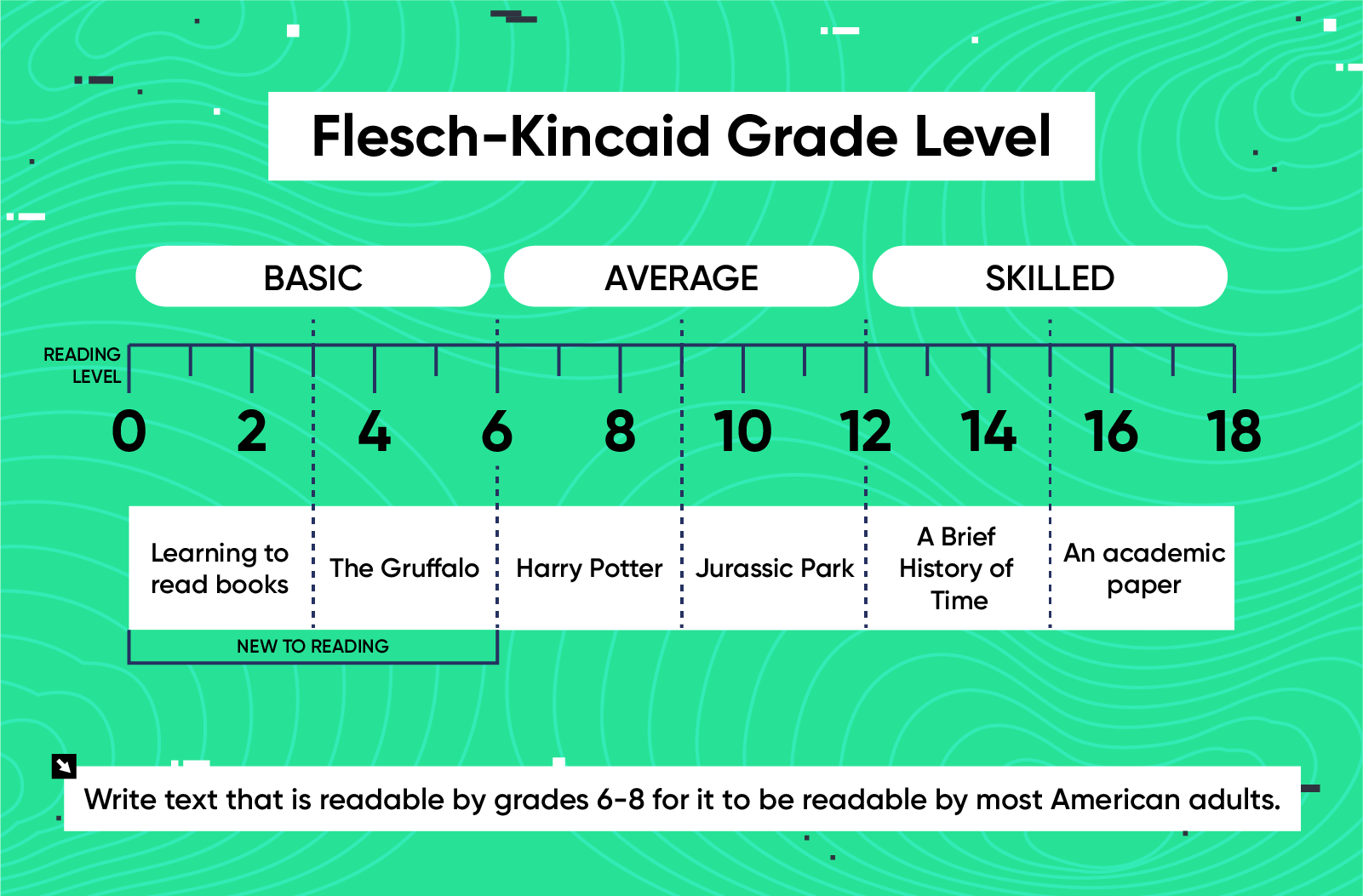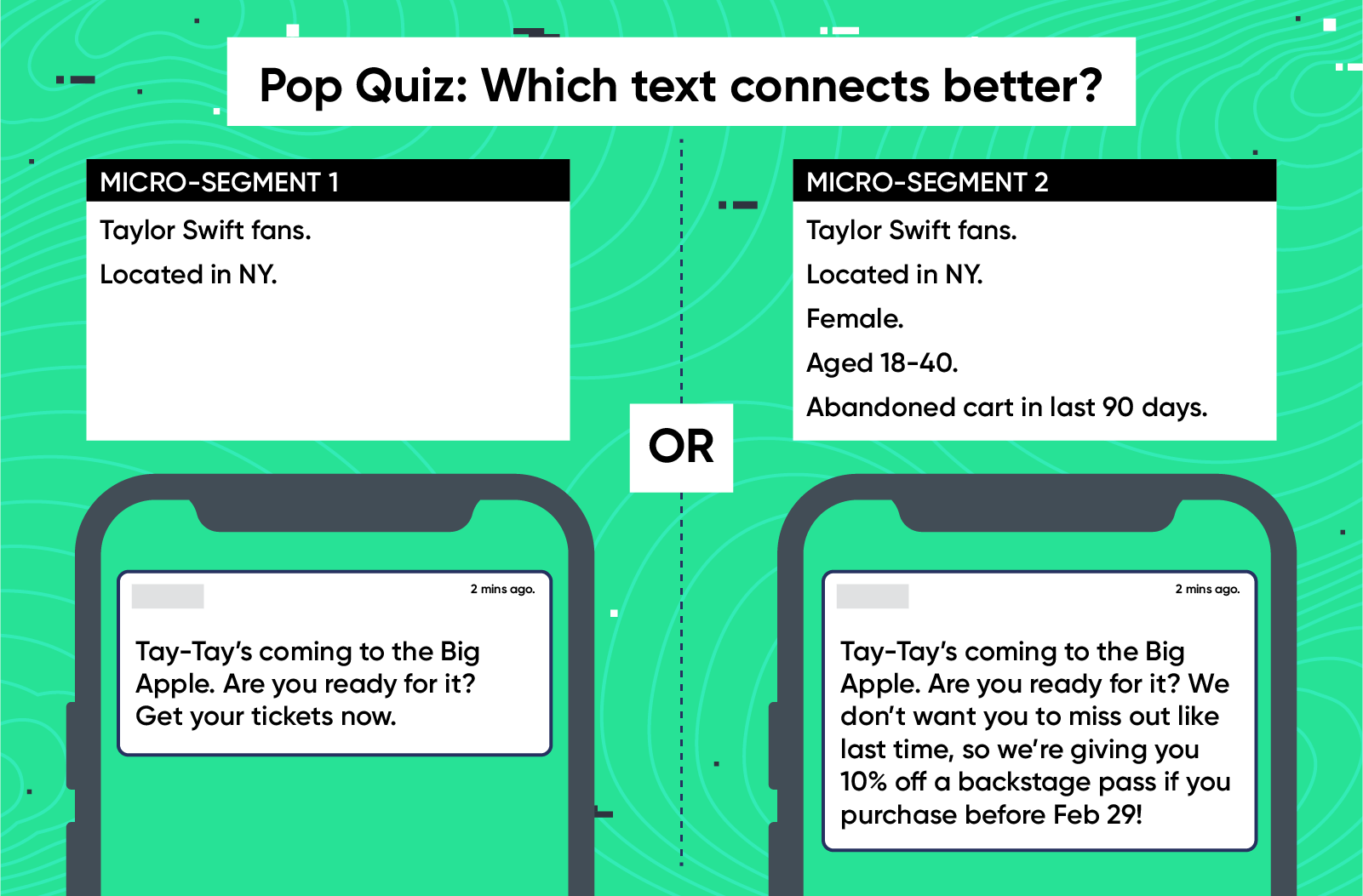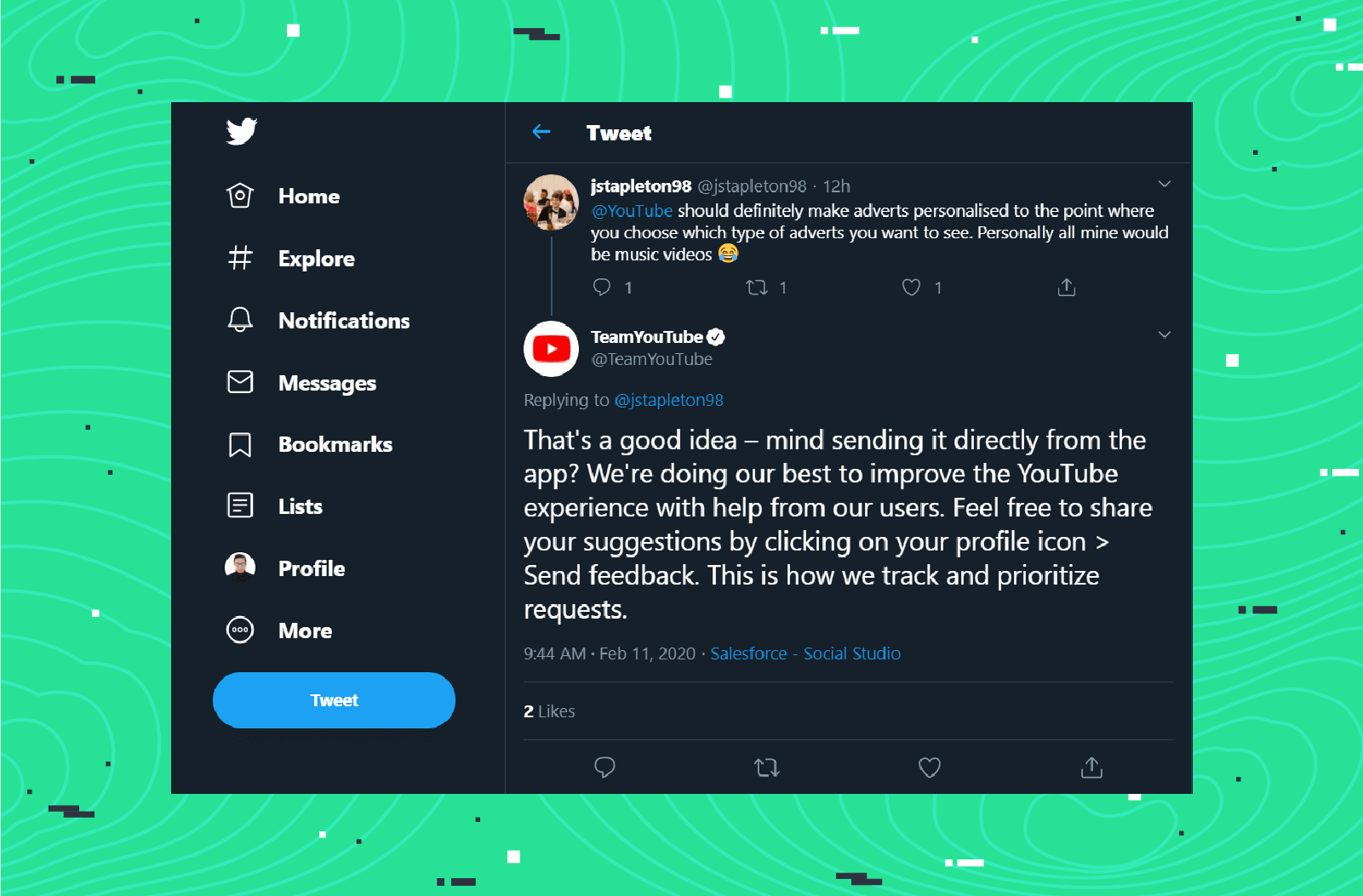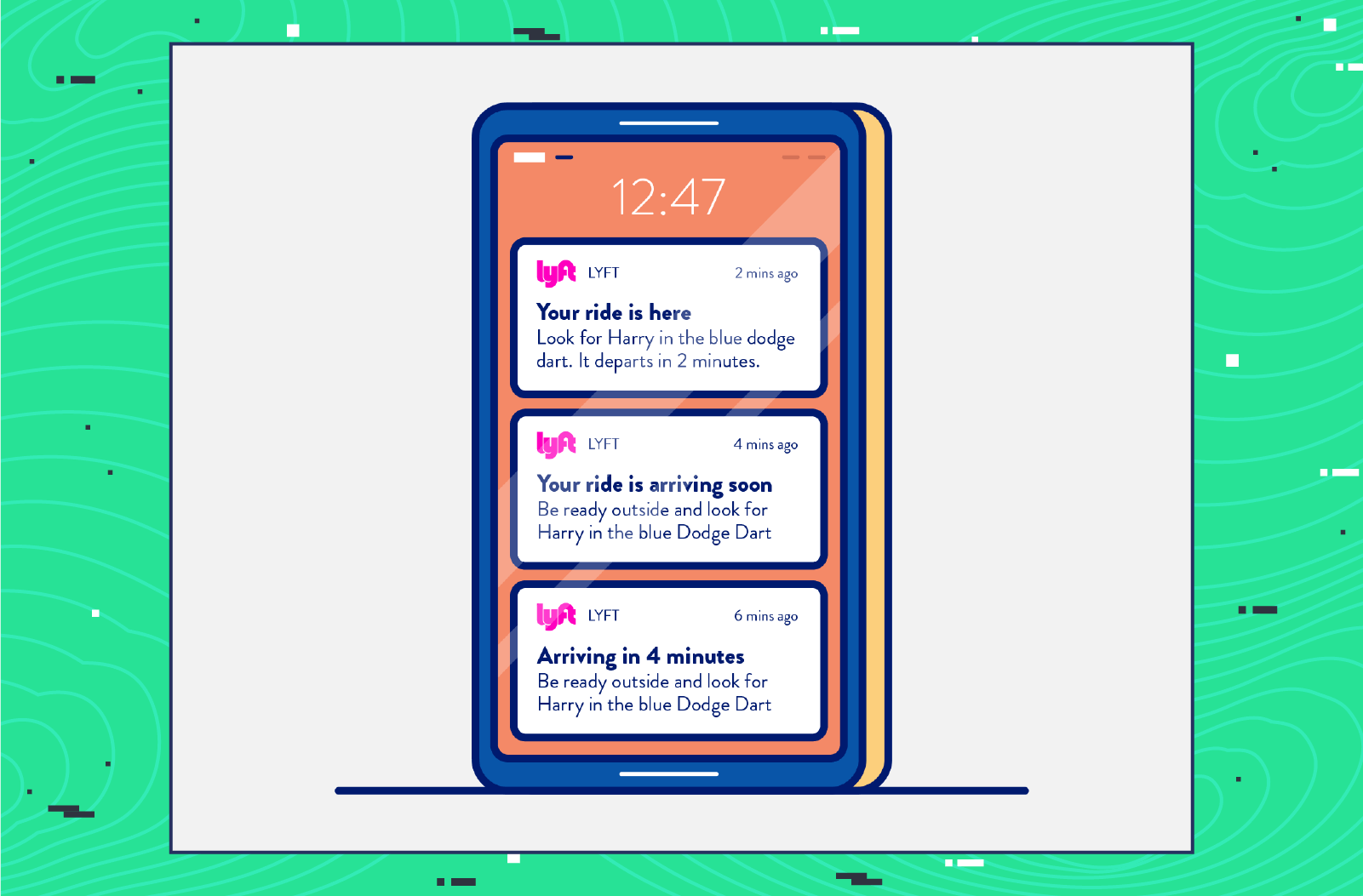Your customers are involved in conversations every day. It’s how people communicate everywhere: chatbots, live chats, messaging apps, real-time responses.
In fact, 79% of consumers are willing to use messaging apps to get customer service. And 82% of consumers want immediate responses when they have a question.01
Your app users are already engaging in conversations elsewhere. It’s time your brand initiates a conversation with them in the same way. This is the gist of conversational marketing.
What is Conversational Marketing?
Conversational marketing is a one-on-one interaction between you, the marketer, and your customer.
It consists of two parts: communicating like a human, and using new messaging channels to interact.
1. Communicate Like a Human
It’s the willful act of changing the way you communicate in your marketing materials so you sound like a real person talking — not a faceless corporation.
It’s not telling your app users: “Enjoy a curated sporting experience and cheer for your favorite teams in real time at 4K resolution!” Instead, it’s: “Did you catch the game last night?”
It’s engaging your customer in an informal (sometimes real-time) dialogue that goes both ways — speaking and listening. One half of it is effective copywriting. The other half is listening to what your customers have to say.
2. Communicate Via New Messaging Channels
But at the same time, it is also the usage of new channels and technologies — which these days translates to messaging apps and chatbots — to communicate with users more effectively.
Some marketers equate the idea of conversational marketing to using live chat or chatbots. It’s more than that, however. It’s about using the constantly changing channels where users are already spending their time, so that we marketers meet them on their home court.
A quick example: Hubspot saw 2.5X more opens and 6X more clicks when they experimented by sending campaigns through Facebook Messenger instead of just via email.02
Sure, it could have been the novelty of the channel. But there’s also the convenience of it — users are already primed to use it and check it often since Facebook Messenger users send 8 billion messages a day!03
Source: Thinkgrowth
How to Start Conversational Marketing
But how can you begin to use this tactic to inform your marketing campaigns? Below are four tips to help you start conversing with your users on the channels where they spend their time.
1. Write Like Your Users Speak
Here’s a tip right from the get-go: say it out loud.
If the text you wrote for your email (or push notification, or landing page, or any other marketing deliverable) sounds awkward when you speak it out loud, then it’s not conversational. If you stumble over yourself trying to finish a run-on sentence, then it’s not conversational. If it’s filled with industry jargon and gobbledygook that your mom won’t understand, then it’s not conversational.
So what exactly is conversational?
Like anything else in marketing, it depends on your audience. Think about it: conversing with workout enthusiasts on an exercise app will sound different from talking with stay-at-home parents on a recipe app.
But here are some general best practices.
Shorter: In general, “conversational” means shorter sentences. It’s how we speak. And it’s also surprisingly effective in marketing copywriting.
For example: according to data from our own customers, the mobile push notifications that yield the highest click-through rates are at 90 characters or less. How’s that for brevity?
Simpler: Your choice of verbiage also plays a tremendous role in how approachable your text is to a reader. The Organization for Economic Cooperation and Development found that 50% of adults in the US cannot read a book written at an 8th-grade reading level.04
The Flesch-Kincaid Grade Level test measures the readability of text based on US school grade levels. And according to their test, the novel Harry Potter is written using words that are at the grade 6 to 8 level — which is the sweet spot that every marketer should aim for.
Note that we’re not telling you to dumb it down. We’re saying write using basic words that are at a reading level your audience is comfortable with. But if you want it to be readable by a wider majority of adults, then bring it to the grade 6-8 level.
Speakable: The closer your words are to spoken language, the better. You can use contractions. You can ask questions and offer answers. You can respond to previous input. You can even tell jokes if it fits your brand.
To make a long story short, being conversational is part of humanizing your brand.
2. Connect With Context
The point is to connect with your user. And to be able to connect, you must have proper context.
Who is this person you’re speaking with? Where are they located? What challenges do they face? And why are they using your app in the first place?
Micro-segmentation helps with these issues, as every micro-segment has shared characteristics that you can bring up in your messaging to make it more relevant.
The proof is clear:
- 70% of consumers say they prefer customized advertising content and ads.05
- Personalized experiences result in a 20% increase in sales.06
Knowing a user’s context makes it easier to convert them. You’ll know what words to use to persuade them to convert. And by personalizing your messages, you build a stronger bond and increase your chances of conversion.
Here’s some sample marketing copy for a ticketing app trying to sell tickets to a live concert in New York. The more well-defined the context of your audience (the micro-segment), the better you can customize your messaging to your recipients.
3. Listen, Don’t Just Market
Lest you delude yourself into thinking that it’s only about getting your message across, remember that true conversation is a dialogue. You’ve got to be listening to your users’ feedback, questions, challenges, and even pay close attention to their support tickets.
Every company should be monitoring mentions of their name on social media and on the web in general. This ensures someone’s listening.
But more than just getting alerts when your brand is talked about on Twitter, the act of listening will give you data about what your users are experiencing, and reveal opportunities to engage with them outside of your app. Sometimes, it even reveals new leads to engage with.
Here’s YouTube showing that they’re actively listening to users’ suggestions on social media. They even provide detailed instructions on how to send that feedback through the app.
So how do you ask for feedback?
For active users, you can send them in-app surveys rating a new feature or simply asking them to leave a review in the App Store. You can send out a quick poll to your app users on social media. You can opt to send an email with a link to a survey. For inactive users, you can simply ask “where did we go wrong?” by email, and have them reply directly to that email.
There are many ways to do it. Just make sure you’re not pushy or try to guilt them into replying. At all times, remember your marketing’s aim is to build long-lasting relationships.
4. Be Available & Responsive
There’s another huge boon to listening: you show your users that you are available to them and are responsive to customers on a regular basis.
Live Chat
That’s the reason why 36% of companies use live chat for marketing, sales, or customer service inquiries07 — to let users know they can engage with the brand through its human support team.
Chatbots
And then there are the bots. With AI and chatbots, brands can be on call 24/7. Chatbots, in particular, aren’t going anywhere and have evolved from being a novelty to a cost-efficient communication and support channel.
Why the popularity? Because they can be so effective while still delivering ROI.
40% of consumers don’t care whether a chatbot or a person answers customer service questions, as long as they can get help quickly and easily.08 (Which tells you it really is about the user experience!)
No wonder that in 2018, there were already more than 300,000 active chatbots on Facebook Messenger.09 Expect that number to have multiplied by now.
Trigger Campaigns
In addition to chatbots, you have AI-powered marketing automation tools that can trigger campaigns based on your users’ actions… or inactions.
Take, for example, how an ecommerce app will send you a confirmation email when they’ve received your order, even if just to say it’s on its way. Or how a rideshare app might send push notifications to tell you when your ride is near.
Those are both messaging campaigns triggered by what a user does in your app. If you take the time to set them up correctly, you add value to the user’s experience and can appear to be very responsive to your users.
Done properly, trigger campaigns can yield 22% higher open rates and 7% higher click-through rates compared to your regular one-blast-for-all marketing messages.10
Make Your Marketing Conversational
In the end, conversational marketing isn’t just “chatbots.” It’s about delighting your users by giving them the option to interact, one-on-one, with your brand.
This means, however, that time and effort must be made for your brand to sound like a real person speaking — whether it’s the wording you use in a promotional push notification, or the text that appears in your company’s chatbot.
It means you must connect with your users by understanding their context — what they believe, what they like, what they can afford— so you can build customer experiences personalized to them.
This also means listening to them, responding to them, being available to them on a 24/7 basis. Because that’s how you build strong relationships that result in lifetime customers. And that, in the long run, is the goal of every marketer.

The Mobile Copywriting Pocket Guide
Shivkumar M 
Head Product Launches, Adoption, & Evangelism.Expert in cross channel marketing strategies & platforms.
Free Customer Engagement Guides
Join our newsletter for actionable tips and proven strategies to grow your business and engage your customers.







